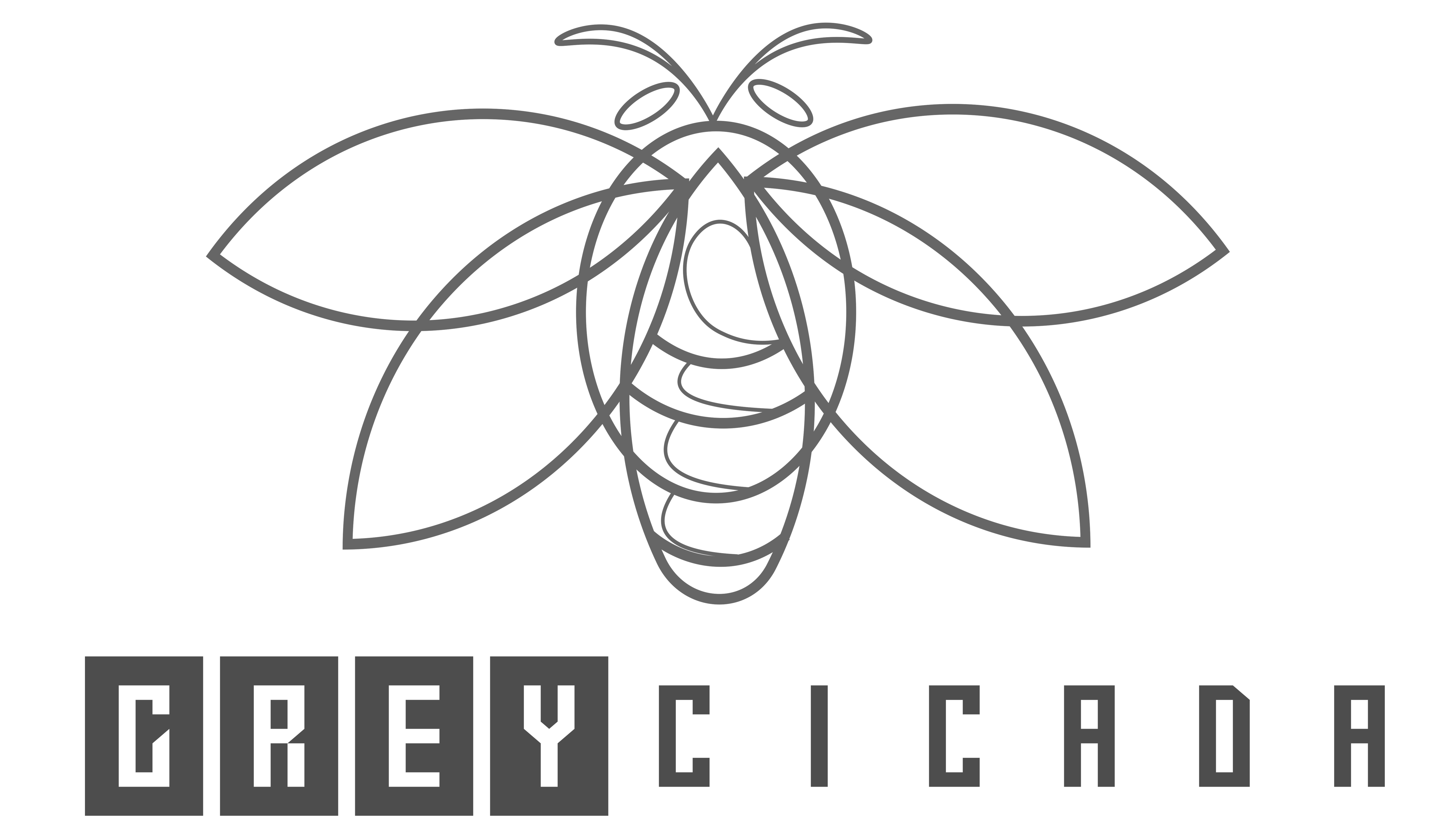FREE SHIPPING OVER $50
He Beat Cognitive Decline with a $2 Salad: The Simple Trick My Dad Called ‘Brain Salad’

Watching a loved one struggle with memory fog and the creeping fear of cognitive decline is heartbreaking. My own dad started having too many “senior moments”—forgetting keys in the fridge, repeating stories, and generally losing his sharp edge. He was frustrated, and we were worried. Doctors often offer bleak advice, but Dad was determined to find his own solution. He knew he couldn’t control his genetics, but he could certainly control what he put on his plate. He embarked on a journey that led him not to a pricey medication, but to a simple, everyday food item that became his personal “cure”: a specific, daily, green-heavy dish he affectionately nicknamed the ‘Brain Salad’.
The best part? This isn’t a complex, exotic, or expensive dietary protocol. The core of this routine costs barely $2 per serving, relying heavily on the power of humble leafy greens. This small, daily habit turned out to be the simple trick that helped him win his fight against the fog. We didn’t realize it then, but Dad had accidentally stumbled upon decades of nutritional science that links specific micronutrients found in this salad directly to superior brain health. It’s time to stop feeling helpless against age-related forgetfulness and start learning how you can use the power of the produce aisle to sharpen your mind.
The Wake-Up Call: Understanding Memory Fog
Memory fog isn’t just about occasionally forgetting where you parked; it’s a persistent feeling of mental sluggishness, difficulty concentrating, and slow processing speed. In the context of aging, this can be an early indicator of inflammation and oxidative stress damaging delicate neural pathways. This damage compromises neuroplasticity—your brain’s ability to reorganize itself by forming new neural connections.
For decades, we focused on exercise and puzzles to stimulate the mind, but modern brain health research clearly shows that diet is arguably the single most powerful tool we possess. Inflammation, often driven by poor diet, directly attacks brain function. Therefore, the fight against cognitive decline must start with antioxidants and anti-inflammatory compounds delivered daily and consistently. Dad realized the food he was eating was either feeding the fog or helping to clear it, and he chose to fight back with something he could easily consume every single day.
The Revelation: What is the ‘Brain Salad’?
So, what exactly is the foundation of this transformative ‘Brain Salad’? It’s not a fancy blend of imported superfoods. The core is an intentional, generous serving of dark, leafy greens.
Dad’s simple trick was to swap his previous smaller, iceberg-lettuce-based salads for a massive bowl overflowing with spinach and kale. The price point is key: these greens are staples in every grocery store and can be bought in large quantities for very little money. He didn’t use complicated recipes; he simply committed to consuming this huge volume of greens daily. This high volume of dark greens provides a potent, concentrated dose of the nutrients that directly support brain structure and function, helping him beat memory fog without breaking the bank.
The Scientific Secret: Why Leafy Greens Work
The reason greens are scientifically superior for brain health boils down to a few powerhouse micronutrients that are often overlooked. This isn’t just anecdotal success; the science explains exactly why Dad’s $2 salad worked so well.
Lutein and Zeaxanthin: The Brain’s Protective Pigments
Leafy greens like kale and spinach are loaded with high levels of lutein and zeaxanthin. These are two types of carotenoids best known for eye health, but they are also directly linked to cognition. Research shows that these pigments accumulate in specific areas of the brain related to learning and memory. They act as powerful antioxidants, absorbing damaging free radicals and reducing oxidative stress on brain cells. Studies have demonstrated that people with higher levels of these carotenoids in their brains tend to perform better on tests of processing speed and executive function.
Folate and Vitamin K: Neurotransmitter Support
Dark greens are excellent sources of folate (Vitamin B9) and Vitamin K. Folate is essential for DNA repair and the production of neurotransmitters—the chemical messengers that allow brain cells to communicate. Deficiency in folate has been linked to higher levels of homocysteine, an amino acid associated with an increased risk of cognitive decline. Meanwhile, Vitamin K is crucial for synthesizing sphingolipids, which are essential fat molecules that make up the structure of brain cell membranes. It’s like giving your brain’s cellular framework the high-quality building materials it needs to stay strong and flexible.
The BDNF Connection
The consumption of leafy greens and other nutrient-dense foods supports the creation of Brain-Derived Neurotrophic Factor (BDNF). BDNF is often called “Miracle-Gro” for the brain. It is a protein that encourages the growth of new neurons and the strengthening of existing synaptic connections. By reducing inflammation and providing the foundational nutrients, the Brain Salad helps create an environment where BDNF can thrive, supporting the neuroplasticity required to overcome memory fog.
Optimizing the Recipe: The Power Boosters
While greens form the foundation of Dad’s Brain Salad, he understood that to fully melt memory fog, he needed ingredients that enhance absorption and deliver essential healthy fats. These additions keep the recipe affordable and simple while maximizing the brain benefits.
Essential Component 1: Healthy Fats (The Absorption Maximizer)
The carotenoids (like lutein) and Vitamin K found in greens are fat-soluble, meaning your body can’t absorb them effectively without fat. This is why Dad always included a source of healthy fat in his $2 salad.
- Extra Virgin Olive Oil (EVOO): EVOO is rich in monounsaturated fats and polyphenols that are proven to be anti-inflammatory. A simple tablespoon of high-quality EVOO dressing ensures maximum nutrient absorption and delivers additional heart- and brain health benefits.
- Walnuts or Ground Flax/Chia Seeds: Omega-3 fatty acids, specifically DHA, are vital components of brain cell membranes. Walnuts are one of the most accessible nuts rich in plant-based Omega-3s. Alternatively, adding a sprinkle of ground flax or chia seeds provides a potent and inexpensive daily boost of Alpha-Linolenic Acid (ALA), a precursor to DHA, ensuring the brain has the raw materials for repair and maintenance.
Essential Component 2: Berries (The Anti-Aging Armor)
To amp up the antioxidant power and add a bit of flavor, Dad started adding a small amount of dark berries. While fresh berries can be expensive, opting for a small handful of frozen blueberries ensures a low-cost, high-impact ingredient.
- Flavonoids and Anthocyanins: These compounds, which give berries their deep color, are powerful antioxidants that can actually cross the blood-brain barrier. Once there, they improve communication between neurons, reduce inflammation, and enhance blood flow to the brain—all critical factors in reversing the effects of cognitive decline.
Making Dad’s ‘Brain Salad’ Recipe
The beauty of this simple trick is its flexibility. The focus is on consistency and volume. Here is a template for Dad’s daily routine that helped him beat memory fog:
The Daily ‘Brain Salad’ Formula (Approx. $2 per serving):
- The Base (The $1 Foundation): 2 large handfuls (about 2 cups packed) of mixed greens, prioritizing dark varieties like kale, spinach, and Swiss chard.
- The Fat (Essential Absorption): 1 tablespoon of Extra Virgin Olive Oil and a pinch of black pepper.
- The Crunch (Omega-3 Boost): 1/4 cup of chopped walnuts OR 1 tablespoon of ground flax or chia seeds.
- The Color (Antioxidant Armor): 1/2 cup of frozen or fresh blueberries, raspberries, or sliced strawberries.
- The Flavor (Keep it Simple): A dash of apple cider vinegar or lemon juice to taste.
The key to Dad’s success wasn’t just the recipe; it was making it non-negotiable. He ate his Brain Salad every single day, often as the first thing at lunch. This consistency guaranteed that his brain received a steady, high-powered influx of anti-inflammatory compounds and foundational nutrients necessary for optimal function.
The Road to Victory and Lasting Brain Health
Today, my dad’s memory is sharp, his processing speed is back, and the memory fog is long gone. He often says, “You can’t expect your car to run on low-grade fuel and still win the race.” His victory wasn’t just about weight loss or physical stamina; it was a profound recovery of his most important asset: his mind.
This simple, affordable dietary change proves that taking control of your brain health doesn’t require a doctor’s expensive prescription. It demands consistency and a smart understanding of food science. By focusing on a high daily dose of inexpensive, nutrient-rich foods like those found in the Brain Salad, you give your brain the tools it needs to resist oxidation, regenerate neural pathways, and stay sharp for years to come. Start this simple trick today, and join the growing number of people who are using common greens to actively fight cognitive decline.
Related Articles
- He’s 65 With No Wrinkles—The Longevity Diet This Farmer Swears By Will Blow Your Mind
- Doctors Say Slow Walkers Age Faster—Follow These Exercises to Add Years to Your Life
- Doctors Are Stunned: These 15 Mobility Tricks Have Seniors Moving Like They’re 30 Again
- Is Alzheimer’s Actually Type 3 Diabetes? What Doctors and Researchers Are Now Saying
- 10 Exercises That Could Be Dangerous After 60—Most People Still Do #7



